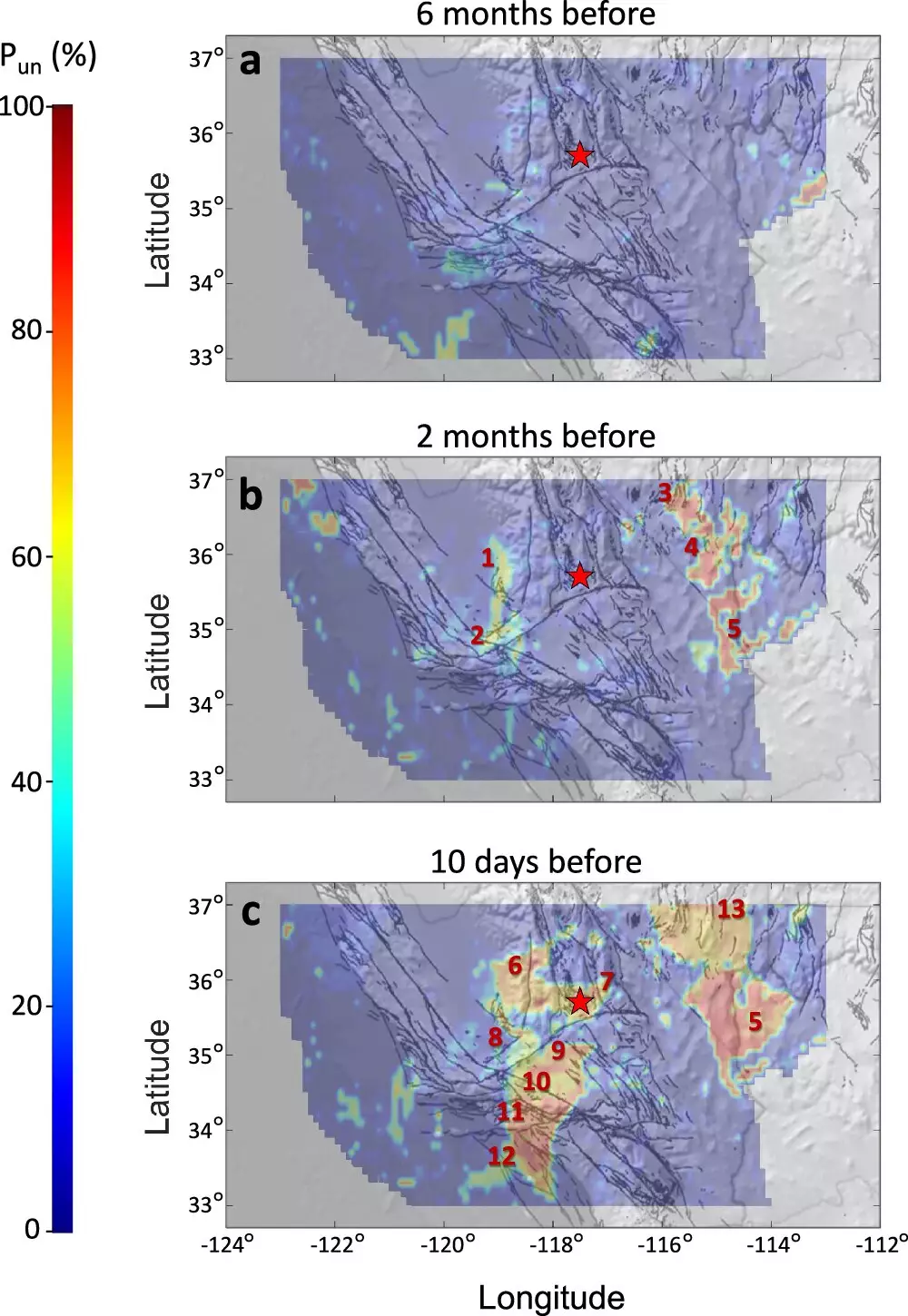The recent research conducted by University of Alaska Fairbanks scientist Társilo Girona and geologist Kyriaki Drymoni from Ludwig-Maximilians-Universität has shed light on the possibility of predicting major earthquakes in advance through the identification of low-level tectonic unrest. Their study, published in Nature Communications, utilizes machine learning algorithms to analyze seismic data and detect abnormal activity preceding earthquakes. While the implications of such research are groundbreaking, a critical analysis of the methodology and findings is essential to understand the reliability and potential limitations of earthquake forecasting through machine learning techniques.
Girona and Drymoni’s study focused on two major earthquakes: the 2018 Anchorage earthquake and the 2019 Ridgecrest earthquake sequence in California. By analyzing seismic data using advanced statistical techniques, particularly machine learning, the researchers identified abnormal low-magnitude seismicity occurring several months before each earthquake. They found that the probability of a major earthquake occurring within 30 days increased significantly leading up to the event, reaching up to 85% just days before the earthquakes struck. The researchers attributed this precursor activity to a significant increase in pore fluid pressure within faults, affecting the faults’ mechanical properties and regional stress field.
While the potential for earthquake forecasting through machine learning is promising, several critical aspects must be considered. Firstly, the reliability of the algorithm in predicting earthquakes in real-time situations remains untested. Girona and Drymoni acknowledge that the algorithm requires training with historical seismic data specific to each region, raising concerns about its effectiveness when applied to new regions with limited data. Moreover, the ethical and practical implications of earthquake forecasting are complex. False alarms could lead to unnecessary panic and economic disruption, while missed predictions could have catastrophic consequences. Striking a balance between providing timely warnings and avoiding misinformation is crucial in the development of earthquake forecasting methods.
The integration of machine learning into earthquake research has the potential to revolutionize the field by analyzing massive datasets and identifying patterns that signal impending seismic events. Girona emphasizes the importance of advancements in high-performance computing and machine learning in providing valuable insights into earthquake precursors. However, the accuracy and reliability of earthquake forecasts remain a challenge, requiring continuous refinement and validation of the forecasting methods. The authors’ proposal to test the algorithm in near-real-time situations is a crucial step towards evaluating its practical application and addressing potential challenges in earthquake forecasting.
The research conducted by Girona and Drymoni showcases the potential for machine learning to improve earthquake forecasting by detecting precursory seismic activity. While the findings offer valuable insights into the mechanisms leading to major earthquakes, a critical analysis reveals the need for further validation and testing of the algorithm in real-world scenarios. The ethical and practical considerations surrounding earthquake forecasting underscore the importance of transparent communication and careful implementation of forecasting methods to avoid false alarms and build public trust. Moving forward, continued research and collaboration in the field of earthquake forecasting will be essential to harnessing the full potential of machine learning in predicting and preparing for seismic events.


Leave a Reply